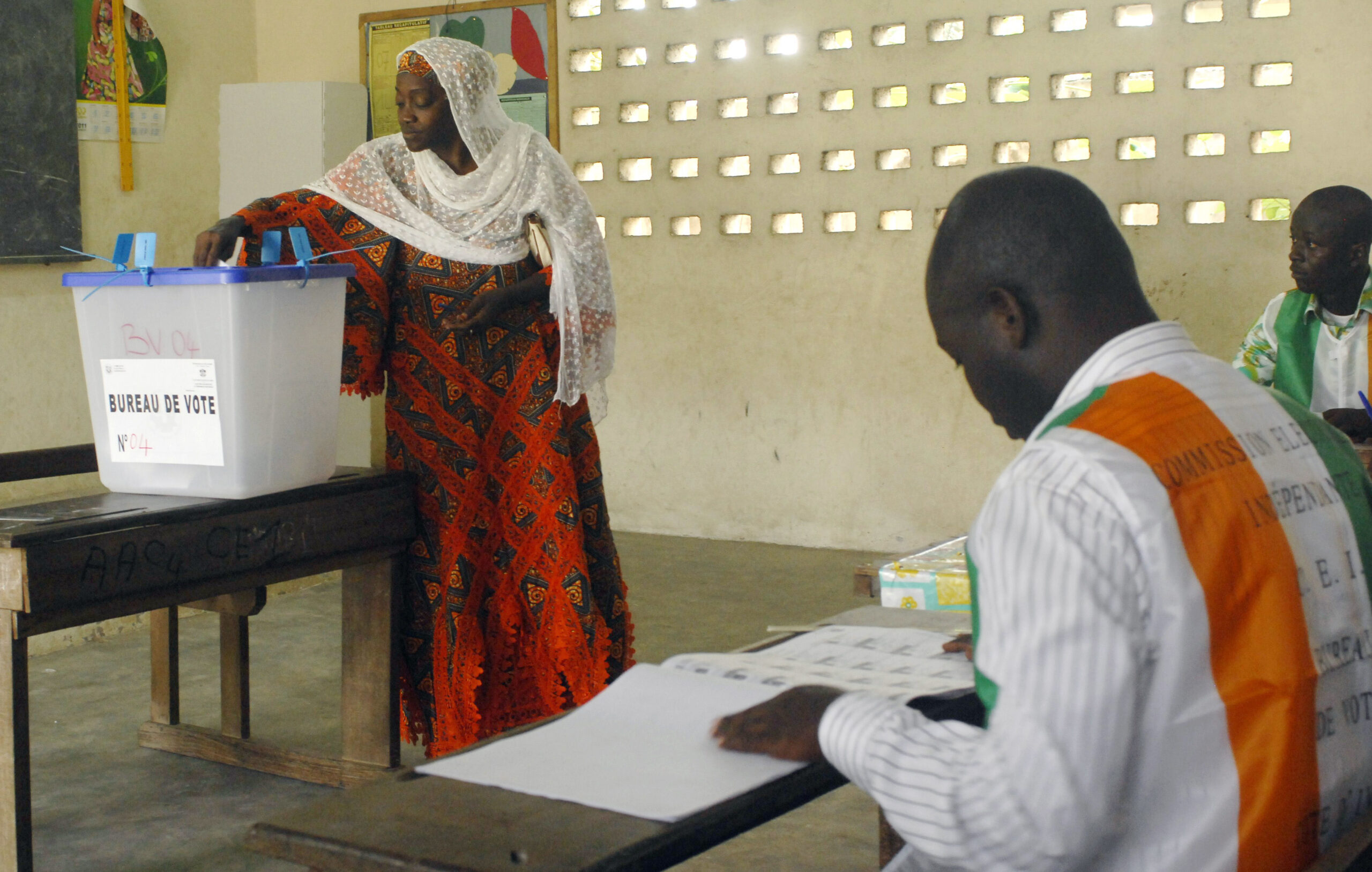The expansion of industrial-scale mines in the Democratic Republic of the Congo (DRC) that extract cobalt and copper to be used in rechargeable batteries has led to the forced eviction of entire communities and grievous human rights abuses, including sexual assault, arson, and beatings, according to a 100-page report published by Amnesty International.
Entitled ‘Powering Change or Business as Usual?’, Amnesty International and the DRC-based organization Initiative pour la Bonne Gouvernance et les Droits Humains (IBGDH) detail how the scramble by multinational companies to expand mining operations has resulted in communities being forced from their homes and farmland.
Growing demand for so-called clean energy technologies has created a corresponding demand for certain metals, including copper and cobalt which are essential for making most lithium-ion batteries used to power a wide range of devices, including electric cars and mobile phones. “The forced evictions taking place as companies seek to expand industrial-scale copper and cobalt mining projects are wrecking lives and must stop now,” said Agnes Callamard, Amnesty International’s Secretary-General.
“Climate justice demands a just transition. Decarbonizing the global economy must not lead to further human rights violations. The people of the DRC experienced significant exploitation and abuse during the colonial and post-colonial era, and their rights are still being sacrificed as the wealth around them is stripped away.”
The DRC has the world’s largest reserves of cobalt, and the seventh-largest reserves of copper. Demand for cobalt has tripled since 2010 and is expected to reach 222,000 tons by 2025. Amnesty and IBGDH interviewed more than 130 people at six different mining projects in and around the city of Kolwezi in the southern province of Lualaba during two separate visits in 2022. Researchers reviewed documents, correspondence, photographs, videos, satellite images and company responses.



